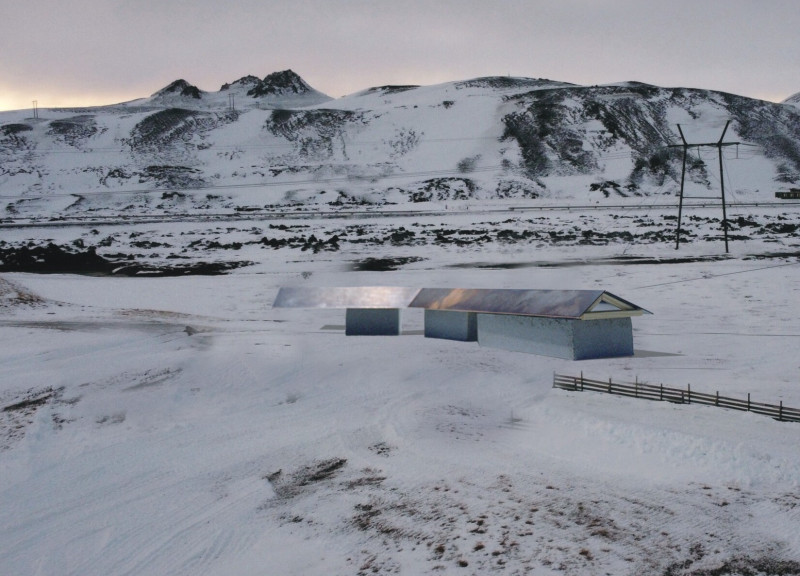5 key facts about this project
One of the key aspects of this project is its unique approach to material selection and detailing. The use of high-performance concrete provides both durability and structural integrity, allowing for expansive open spaces that are versatile and adaptable. Complementing the concrete, large glass panels serve to create visual continuity between the interior and the exterior, maximizing natural light and offering sweeping views of the surrounding environment. This transparency serves practical functions as well as aesthetic ones, enhancing the overall atmosphere within the spaces.
Wood features prominently as a second material, adding warmth and textural contrast to the rigidity of concrete. Sourced sustainably, the timber elements showcase the project’s commitment to environmental stewardship while fostering a sense of comfort and approachability. In tandem with natural stone cladding, these materials ground the project within its context, echoing the local geology and promoting a sense of place that resonates with inhabitants and visitors alike.
The roof design is another distinct element that deserves attention. It not only enhances the project’s aesthetic profile but also integrates functional strategies such as rainwater collection and the potential for green space or solar energy solutions. By adopting these strategies, the project aims to minimize its ecological footprint and exemplifies a modern approach to sustainable architecture.
Architectural ideas such as open floor plans and flexible spaces ensure that the interior layout fosters both social interaction and individual privacy. The careful consideration of spatial arrangement prompts a fluidity that is essential for adapting to varied user needs. The connectivity of spaces encourages an organic flow while allowing for zones of retreat, reflecting a balance between community and solitude within the overall design.
Distinctive architectural details augment the overall experience of the project. Textured surfaces, strategic lighting, and thoughtful landscaping contribute to the sensory richness, further enhancing user engagement with the built environment. These elements demonstrate a commitment to not just visual appeal, but also the comfort and utility of spaces, underscoring the project's focus on user-centric design.
The project embodies a harmonious blend of innovative thinking and practical execution, invoking a sense of continuity with its environment while pushing the boundaries of what contemporary architecture can achieve. By emphasizing sustainability, community interaction, and a strong connection to place, the design seeks to inspire and enrich the lives of those who engage with it.
For readers interested in a deeper understanding of this project, further exploration of the architectural plans, sections, designs, and underlying ideas is encouraged. These resources offer valuable insights into the architectural reasoning and design methodologies that inform this thoughtful project, illuminating how architecture can shape not only structures but the very way we interact with our environments.


























